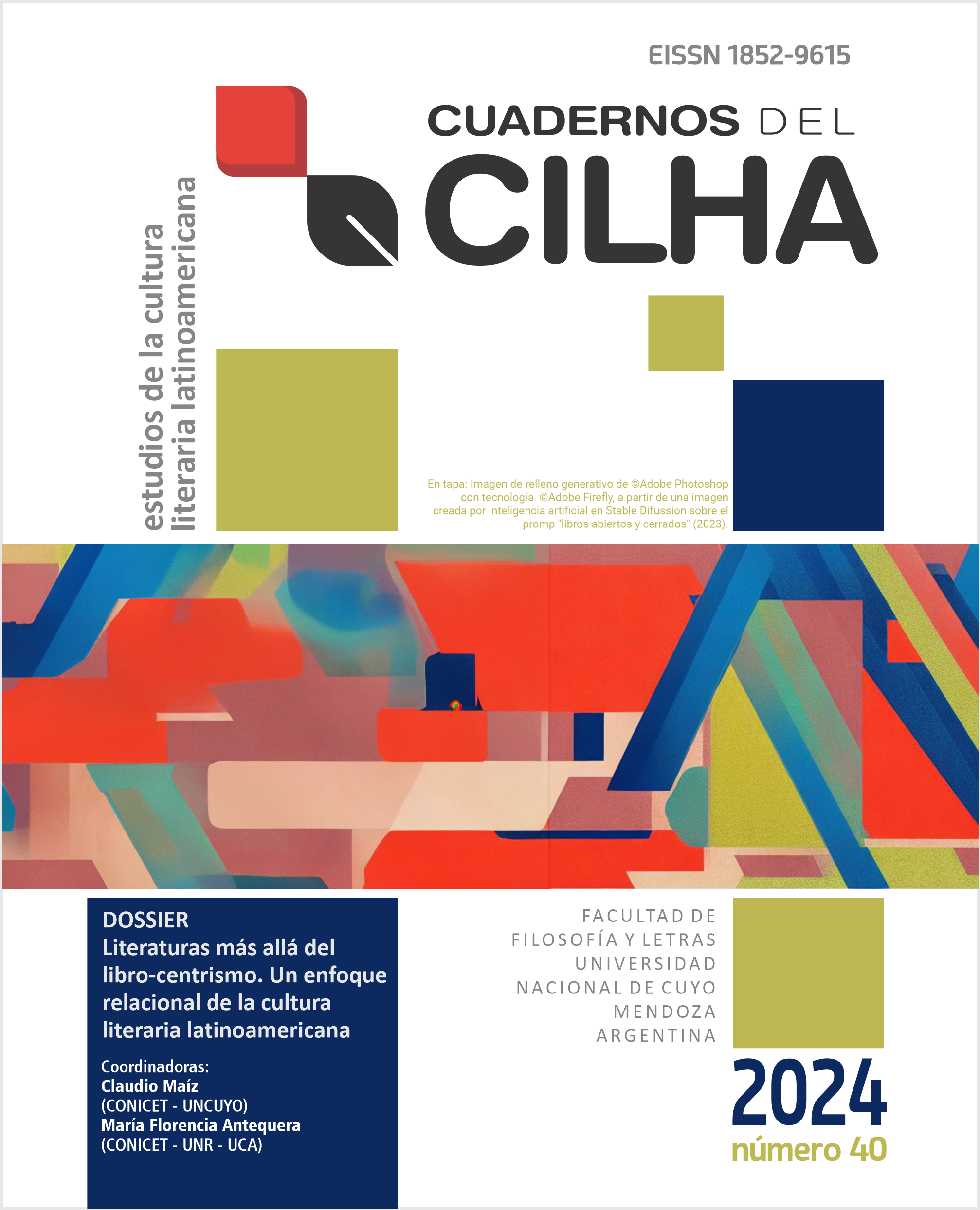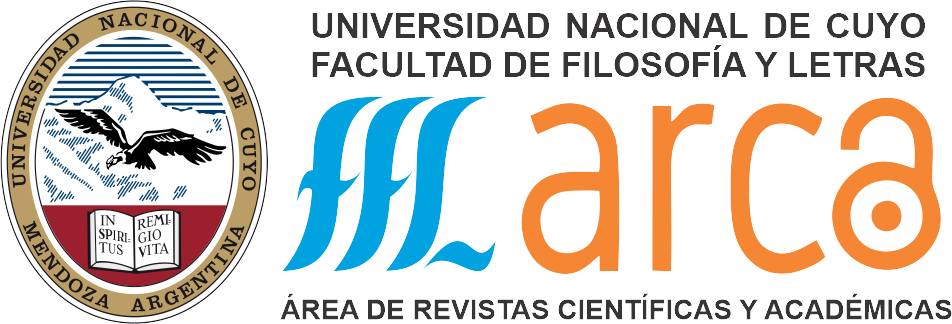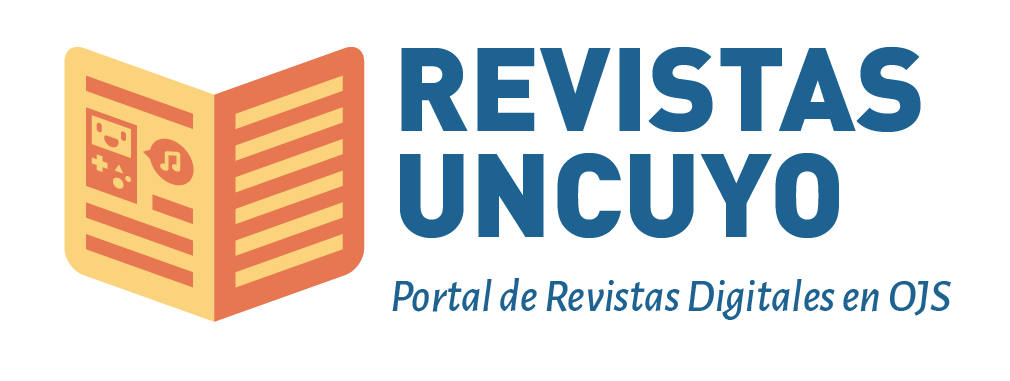Networks in magazines and magazines as networks: new methodological challenges
DOI:
https://doi.org/10.48162/rev.34.087Keywords:
magazines, digitization, networks, Digital Humanities, AmautaAbstract
During a long time, within the framework of literary studies, magazines were considered mere containers from which certain types of texts or productions of specific authors were extracted, usually those already canonized. Beyond this function, the magazine was not appreciated as a medium in itself, even though both its form of presentation and its internal order undoubtedly also permeate the perception and reception of literature. But research has begun to change and there is increasing awareness about the intrinsic mediality of magazines, which gains in interest precisely as one moves beyond a traditional book-centered approach. As a multimodal object that integrates different actors and various dimensions of literary production and reception, periodical publications are not only platforms on which intellectual and literary networks take shape, but also actors that form and inform new networks.
Starting, above all, from the recent digitizations of Amauta, the article will reflect on some of the new methodological challenges of the network analysis approach when applied to the "small archive" (Frank, Podewski and Scherer, 2009) of magazines in digital format.
References
AA. VV. (1930). Tercera Etapa. Amauta, 30, 1-4.
Adams, B. y Majluf, N. (Eds.). (2019). Redes de vanguardia: "Amauta" y América Latina, 1926-1930. Asociación Museo de Arte de Lima - MALI, Museo Nacional Centro de Arte Reina Sofía.
Aguirre, M., Sarabia, R., Silverman, R. M. y Vasconcelos, R. (Eds.). (2017). International Yearbook for Futurist Studies 7. Special Issue: Futurism in Latin America. De Gruyter.
Beyer, M. (2022). F. T. Marinetti und der Welt-Futurismus. En M. Minnes y N. Rempel (Eds.), Netzwerke – Werknetze. Transareale Perspektiven auf relationale Ästhetiken, Akteure und Medien (1019-1989) (pp. 135-263). Georg Olms.
Bulson, E. (2017). Little Magazine, World Form. Columbia UP.
Corral, R., Stanton, A. y Valender, J. (Eds.). (2018). Laboratorios de lo nuevo: revistas literarias y culturales de México, España y el Río de la Plata en la década de 1920. COLMEX.
De Castro, J. E. (2020). Bread and Beauty: The Cultural Politics of José Carlos Mariátegui. Brill.
Drucker, J. (2011). Humanities Approaches to Graphical Display. Digital Humanities Quarterly, 5 (1), s. p. http://www.digitalhumanities.org/dhq/vol/5/1/000091/000091.html
Ernst, J. y Scheiding, O. (2022): Periodical Studies as a Transepistemic Field. En J. Ernst, O. Scheiding, D. von Hoff (eds.), Periodical Studies Today. Multidisciplinary Analysis (págs. 1-24) Brill.
Fólica, L. (2023). Cosmopolitanism Against the Grain: Literary Translation as a Disrupting Practice in Latin American Periodicals (Nosotros, 1907–1943). En D. Roig Sanz, N. Rotger (eds.), Global Literary Studies. Key Concepts (págs. 223-251), De Gruyter.
Frank, G., Podewski, M. y Scherer, S. (2009). Kultur-Zeit-Schrift. Literatur- und Kulturzeitschriften als ‘kleine Archive’. Internationales Archiv für Sozialgeschichte der deutschen Literatur, 34, 1-45.
Fröhlich, V. (2023). Periodizität. En O. Scheiding y S. Fazli (Eds.), Handbuch Zeitschriftenforschung (pp. 65-84) Transcript.
Galety, M. G. (2022). Social network analysis: theory and applications. Wiley.
Genette, G. (1987). Seuils. Éditions du Seuil.
Goicochea, M. H. (1993). Amauta: Proyecto Cultural de Mariátegui. Anuario mariateguiano, 5, 27-44.
Gremels, A. (2022). Die Weltkünste des Surrealismus. Netzwerke und Perspektiven aus dem globalen Süden. Konstanz UP.
Jockers, M. L. (2013). Macroanalysis: digital methods and literary history. University of Illinois Press.
Jockers, M. L. (2014). Text Analysis With R for Students of Literature. Springer Cham.
Latour, B. (2005). Reassembling the Social. An Introduction to Actor-Network-Theory. Routledge.
Lorenzo Alcalá, M. (2009). La esquiva huella del futurismo en el Río de la Plata. Patricia Rizzo.
Louis, A. (2014). Las revistas literarias como objeto de estudio. En H. Ehrlicher y N. Rißler-Pipka (Eds.), Almacenes de un tiempo en fuga: revistas culturales en la modernidad hispánica (pp. 31-57). Shaker.
Maíz, C. (2011). Las re(d)vistas latinoamericanas y las tramas culturales: Redes de difusión en el romanticismo y el modernismo. Cuadernos Del CILHA, 12(1), 73-88. https://revistas.uncu.edu.ar/ojs3/index.php/cilha/article/view/4166
Mariátegui, J. C. (1930). El hombre y el mito. Amauta, 31, 1-4.
Moretti, F. (2013). Distant Reading. Verso.
Moretti, F. (2020). The Roads to Rome. Literary Studies, Hermeneutics, Quantification. New Left Review, 124, 115-136.
Mussell, J. (2012). The Nineteenth-Century Press in the Digital Age. Palgrave Macmillan.
Nungesser, M. (1997). Mariátegui und die Bildenden Künste, untersucht am Beispiel der von ihm herausgegebenen Zeitschrift Amauta”. En J. Morales Saravia (Ed.), José Carlos Mariátegui (pp. 11-128). Vervuert.
Podewski, M. (2023). Zeitschriften als kleine Archive. En O. Scheiding y S. Fazli (Eds.), Handbuch Zeitschriftenforschung (pp. 65-84). Transcript.
Priewe, M. (2023). Transnationale Printkultur des 19. Jahrhunderts im digitalen Raum. Die Untersuchung von Zeitungen als Daten. En O. Scheiding y S. Fazli (Eds.), Handbuch Zeitschriftenforschung (pp. 403-419). Transcript.
Ramos, A. (23 de junio de 1926). Una encuesta a José Carlos Mariátegui. Mundial, 4. https://www.marxists.org/espanol/mariateg/oc/la_novela_y_la_vida/paginas/una%20encuesta.htm
Rodríguez Alfonso, A. (2023). La estructura del cenáculo: redes intelectuales ante la literatura latinoamericana. Latin American Research Review, 58(1), 1-17. DOI:10.1017/lar.2022.98.
Scholes, R. y Wulfman, C. (2010). Modernism in the Magazines. An Introduction. Yale University Press.
Scott, J. (1991). Social Network Analysis. A Handbook. Sage.
Stegbauer, Ch. y Häußling, R. (Eds.). (2010). Handbuch Netzwerkforschung. VS Verlag für Sozialwissenschaften.
Sudhalter, A. (Ed.). (2016). Dadaglobe reconstructed. Scheidegger & Spieß.
Tarcus, H. (2020). Las revistas culturales latinoamericanas. Giro material, tramas intelectuales y redes revisteriles. Tren en movimiento.
Teixeira de Faria, S. (Ed.). (2019). El futurismo en Europa y Latinoamérica: Orígenes y evolución. Ediciones Complutense.
Tauro, A. (1976). Noticia de Amauta. En Amauta. Revista mensual de doctrina, literatura, arte, polémica (pp. 7-18). Ed. Facsímile Empresa editora amauta.
Torres Terrones, A. (2020). Archivo Mariátegui: una fuente para crear nuevas narrativas. Otlet. Revista para profesionales de información, II.9, s. p. https://www.revistaotlet.com/perspectivas-ana-torres-archivo-mariategui-nuevas-narrativas/
Vértice. Revista nacional de Falange Española Tradicionalista y de las J.O.N.S., diciembre de 1938. https://www.bibliotecavirtualdeandalucia.es/catalogo/es/consulta/registro.do?id=1016232
Ventura, T. (2022). Las revistas culturales latinoamericanas. Giro material, tramas intelectuales y redes revisteriles, de Horacio Tarcus. Anclajes, 26(2), 105-107. https://cerac.unlpam.edu.ar/index.php/anclajes/article/view/6156
Viu, A. (2019). Materialidades de lo impreso. Revistas Latinoamericanas 1910-1950. Metales pesados.
Wenderski, M. (2018). Cultural Mobility in the Interwar Avant-Garde Art Network Poland, Belgium and the Netherlands. Routledge.





















